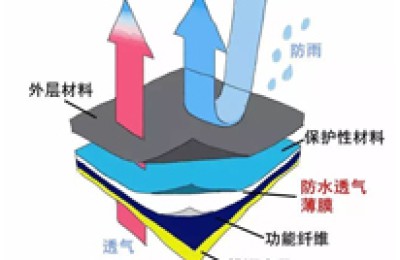Never imagined! Crude oil, which had been bullish for half a year, crashed so fast. Yesterday, WTI crude oil fell below the 100 mark on July 6. However, crude oil continued its decline last night, falling 0.97% to close at US$98.53/barrel; Brent oil also fell. to US$100.69/barrel, standing on the 100-dollar line. Compared with the closing price high on March 8 this year, the cumulative decline of Brent crude oil futures prices in New York and London exceeded 20%. Two official announcements were made. All fell into a bear market.
Citi analysts pointed out in the latest report that due to the economic recession, oil prices may fall to US$65/barrel by the end of the year, and may drop to US$45/barrel by the end of 2023, which means that oil prices will drop from the current US$109.7 by the end of the year. /barrel fell 40%. Citi noted in the report that historical evidence shows that, in the case of oil, global demand turns negative only in the most severe global recessions. Falling demand and continued supply cause commodity prices to fall in most recessions, with oil prices falling to “marginal cost” in some recession scenarios.
Top price? I can’t stand it anymore!
Affected by the entry of crude oil into a bear market, bulk chemicals could no longer hold up. Yesterday, PTA and MEG were still at the top price in the morning market, with a slight increase. However, crude oil fell too much, and ultimately lost at the close. , PTA closed at 6,200 yuan/ton, down about 200 yuan/ton. Compared with the sharp drop in crude oil, it is already very strong. PTA’s polyester brother MEG fell by 143 yuan/ton yesterday and closed at 4,297 yuan/ton.
In an era of global energy stress, supply exceeds demand and drives crude oil prices to strengthen. On the other hand, the rise in crude oil has led to an increase in consumption levels. However, consumption capacity has begun to decline in the post-epidemic era. Excessively high prices have caused residents to not be able to afford consumption. There is a price but no market. The contradiction between the two is getting bigger and bigger and will continue to expand in the future.
The upstream raw material market is in chaos, and polyester filament cannot be spared. The polyester filament market continues to decline. However, under this wave of “flash crash” in oil prices and “plummet” in PTA, what will happen to the polyester filament market, which is already weak in production and sales and has increasing inventory?
Oil prices may be an important factor in how prices go, but the most important thing is terminal demand, and recent demand has encountered two bottlenecks.
The first bottleneck is foreign trade. my country’s textiles have always been a “walking on two legs” situation of domestic trade and foreign trade, but this year’s sudden epidemic has dealt a very heavy blow to these two aspects.
Since May, as the domestic epidemic has been basically controlled, some low-risk areas have begun to relax control, and the domestic trade market has recovered rapidly; but foreign trade is indeed a different story. Since all foreign countries have been relaxed and the epidemic has affected the country, a large number of Orders flow to Southeast Asia, causing the cake of foreign trade orders to be divided.
The second bottleneck is time. It is now July. According to the rules of previous years, the market in the first half of the year has come to an end and the market has entered the off-season. It is necessary to wait until September and October, when autumn and winter fabrics begin to occupy the market, and the market will become hot again. The consumption of textiles has a strong seasonal pattern. After the season has passed, it is difficult to have “retaliatory consumption” after that. Therefore, when the market enters the off-season, it is difficult for demand to rise in a short period of time.
To sum up, the drop in crude oil at this time can be said to be a blow to polyester companies. Originally, they were planning to reduce production to protect prices due to insufficient demand and high costs. However, now that both costs and demand are weak, polyester prices are expected to decline in the short term. Filament yarn showed a weak trend.
</p






